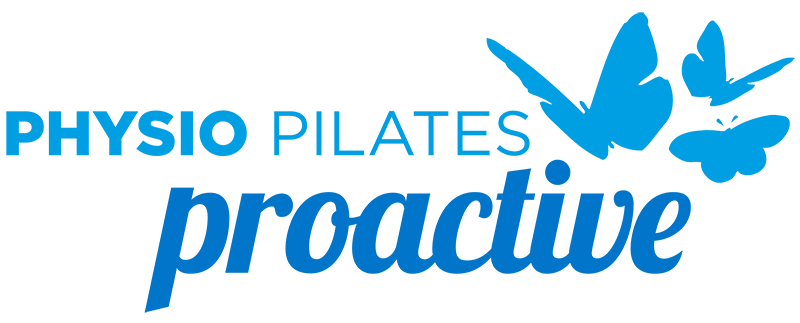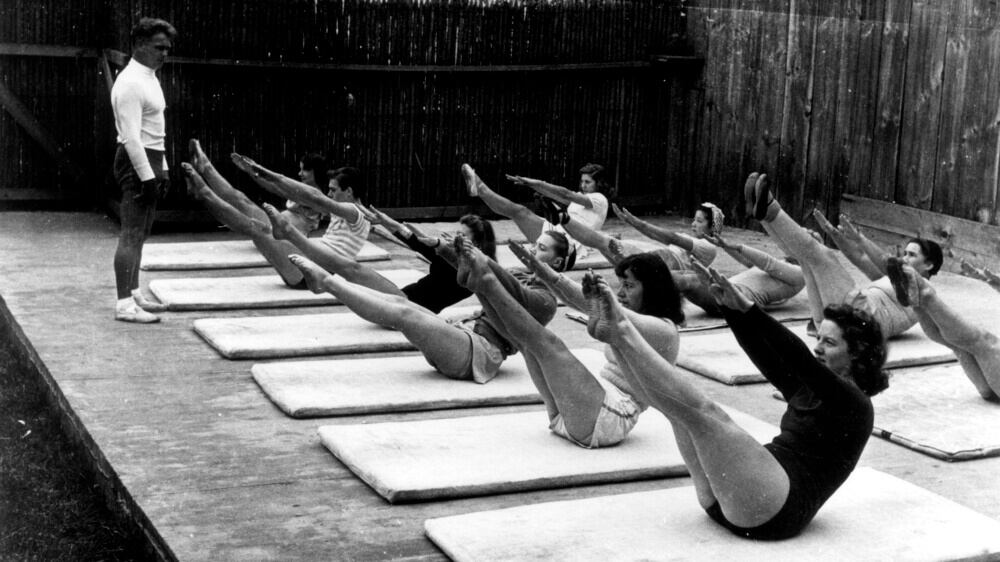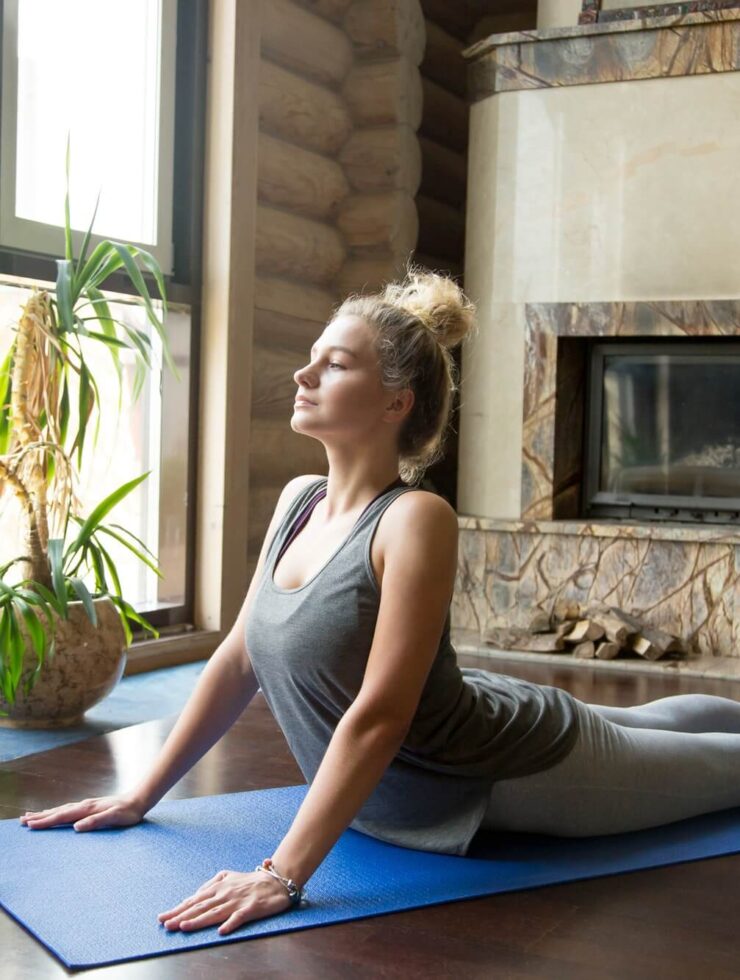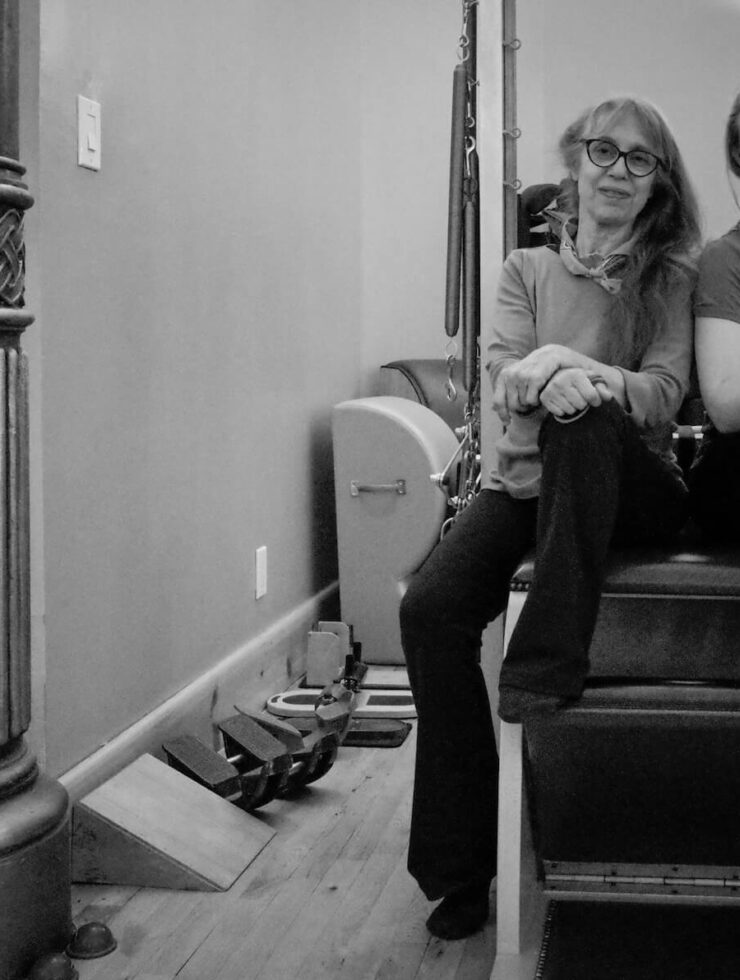By Rachel Combe – Founder, Director and Principal Physiotherapist of Physio Pilates Proactive
[x_share title=”Share this Post” facebook=”true” twitter=”true” linkedin=”true” email=”true”]
You would have to be living under a rock to have not noticed the huge surge of Pilates-type studios and gyms opening up around Australia. I say “type” because I want to examine whether they all truly follow Joseph Pilates’ original principles. I feel I have some authority to analyse this, having been a Pilates instructor for 20 years and having experienced the benefits as a participant for almost 30 years, in the first instance as a young ballet dancer. I am also a physiotherapist who graduated over 20 years ago.
When I studied physiotherapy, I dedicated my final year elective to Pilates and fell in love with the depth of movement intuition and rehabilitation potential that it provided for physiotherapy treatment. Having always found the traditional physio rehabilitation exercises quite clinical and uninspiring, Pilates opened up an endless array of engaging, flowing and ultimately challenging movement repertoire.
After graduating, I went on to acquire many different Pilates qualifications through three international training organisations which I began to integrate into my physio work, and this marriage of physio and Pilates underpins the entire philosophy of my business, Physio Pilates Proactive. The training through these three Pilates organisations, whilst very different in their approach all had a common thread of being respectful and authentic to Joseph’s principles of movement. I remember one of my teachers describing Pilates as “learning to use your body like a musical instrument” which I think is still such an evocative and powerful image.

So, this leads me to sharing my thoughts about When is Pilates not Pilates?
If we look at Joseph’s six principles, it should become very easy for the Pilates layperson to assess:
-
Centring:
Refers to bringing your focus to the centre of your body. Joseph was about 60 years ahead of physiotherapy research. In the mid 90’s, a ground breaking study by physiotherapists in Queensland made the correlation between transversus abdominis activation and its role in stabilising the lumbar spine. This is essentially what Joseph Pilates was teaching decades ago with his unique exercise form. A few years later, further physio research revealed the association of the pelvic floor with greater trunk control. With this integration of deep abdominal activation and pelvic floor recruitment, the peripheries, that is the arms and legs are able to move off a more stable base, leading to greater energy efficiency and more power to the superficial strength muscles.
Therefore it is pretty safe to say that if you are in a class and there is no or little reference to deep abdominals and pelvic floor, then you probably won’t be doing the exercises right to get maximum benefit.
-
Concentration:
Joseph believed that to do his exercises at the highest quality, participants needed to focus their full attention to each exercise without distractions.
Doing a Pilates class with loud music and the instructor shouting cues over the top of it, is not only distracting but can be dangerous as you may not hear a vital instruction which is essential for safe practice. Normally a Pilates class is taught with no music (or very quiet relaxation music) to allow the mind to focus. The instructor can then use the dynamics of their voice to elicit different qualities of movement – these subtleties are lost with deafening music.
-
Control:
Throughout every Pilates class, you are aiming to perform each movement with control and fluidity. This leads to activities of daily living being more graceful and supported rather than rough and sloppy. A big part of developing this control is Pilates’s emphasis on, what we in physio terms call, eccentric muscle contraction. Typically at a gym, there is a strong bias towards concentric muscle contractions, where muscles shorten as they contract. Eccentric muscle contractions do the opposite; the muscle actually lengthens as it contracts, leading to lean, elongated muscle tone without bulk.
If exercises are taught too fast without the control element of Pilates being mastered, there is strong tendency for participants to only focus on the concentric phase of every repetition, leading to round, heavy musculature.
Likewise, if inappropriate heavy resistance is applied to exercises before participants can control the movement with perfection, superficial muscles will take over and poor posture/injuries may develop over time. Too many repetitions of an exercise will also lead to technique deterioration and over time, muscle imbalance and possible injury.
-
Precision:
In Polestar Pilates, one of the organisations through which I have gained a Pilates qualification, they describe the concept of disassociation. This means having the ability to move one body part relative to another. Having self-awareness of your body’s tiny movements and how your body is moving through space leads to greater energy efficiency which from an athletic performance perspective is the ultimate goal. Joseph had an expression, “use as much as necessary but as little as possible”.
So I get really worried when I hear of Pilates instructors saying with misguided enthusiasm, “Feel the burn!!!” Walking around proclaiming to your friends that your latest Pilates workout left you “not being able to walk for a week” does not exude energy efficiency in my opinion.
-
Breathing:
One of the biggest things my participants find the most challenging when they first start Pilates is the focus on breathing and how it coordinates with movement. Most of the time, we breathe diaphragmatically which means our tummies expand as we inhale and relax as we exhale. But during Pilates you are wanting to keep your deep abdominals lightly contracted throughout the class. So you instead direct your breath, in a more stylised way, laterally and backwards into your ribcage. This leads to greater oxygen exchange at the base of our lungs which is responsible for that incredible sense of relaxation while at the same time feeling energised at the end of a class.
A class which contains no or little breathing cues will inevitably lead to breath-holding. This can give participants a false sense of abdominal contraction when in actual fact it’s just increased abdominal pressure, in other words, a belly full of air! Injuries can occur when progressing to more challenging abdominal work if you have learn to just hold your breath instead of truly contracting your deep core muscles.
And without the constant breathing cues, you are missing out on such an added bonus of Pilates – mindfulness and meditation.
-
Flow:
Refers to executing Pilates exercises in a flowing, graceful manner which can enhance athletic or dance performance, or even simply improve your everyday posture and general coordination. Every movement in a Pilates class should feel deliberate and measured so that even transitioning from one position to another should feel like part of one flowing routine.
This examination of Joseph’s six principles should help give you an indication on whether you are getting the intended benefits of a Pilates class.
Some other things to look out for to know you’re in the right place:
- Class numbers need to be small enough to allow for frequent, hands-on corrections from your Pilates instructor. Pilates cannot be learnt properly from a video or DVD! It’s the tactile cues which teach the precise elements of Pilates technique.
- Be wary of Pilates studios where you don’t need to do any Beginners class or session. You can appreciate these Pilates principles cannot be just picked up in a normal class as you need to learn correct technique and form. A Beginners class should be much slower with a lot of education and demonstration on how to do the exercises. Ideally there should also be some 1:1 training to individualise your learning, give you an opportunity to ask any questions and to discuss any injuries or conditions which may require exercise modifications. As a beginner, the focus should not be on how many reps you can do – as this can lead to injury if your technique is not correct.
- Look for the qualifications of the instructor. If they are not visible anywhere, ask! There are many levels of Pilates instructor training; some can be gained in as little as a weekend course. Some of the qualifications I have attained have required more than 300 hours of self-mastery and practice as well as stringent exams. Also look for how much experience the instructor has had – obviously the more the better!
- Observe the posture of your instructor- you want to see that they practice what they preach.
Hopefully, this article will help you to be a more discerning participant by knowing what to look out for to maximise your Pilates experience… the way Joseph intended.
[x_author title=”About the Author”]
[x_share title=”Share this Post” facebook=”true” twitter=”true” linkedin=”true” email=”true”]




